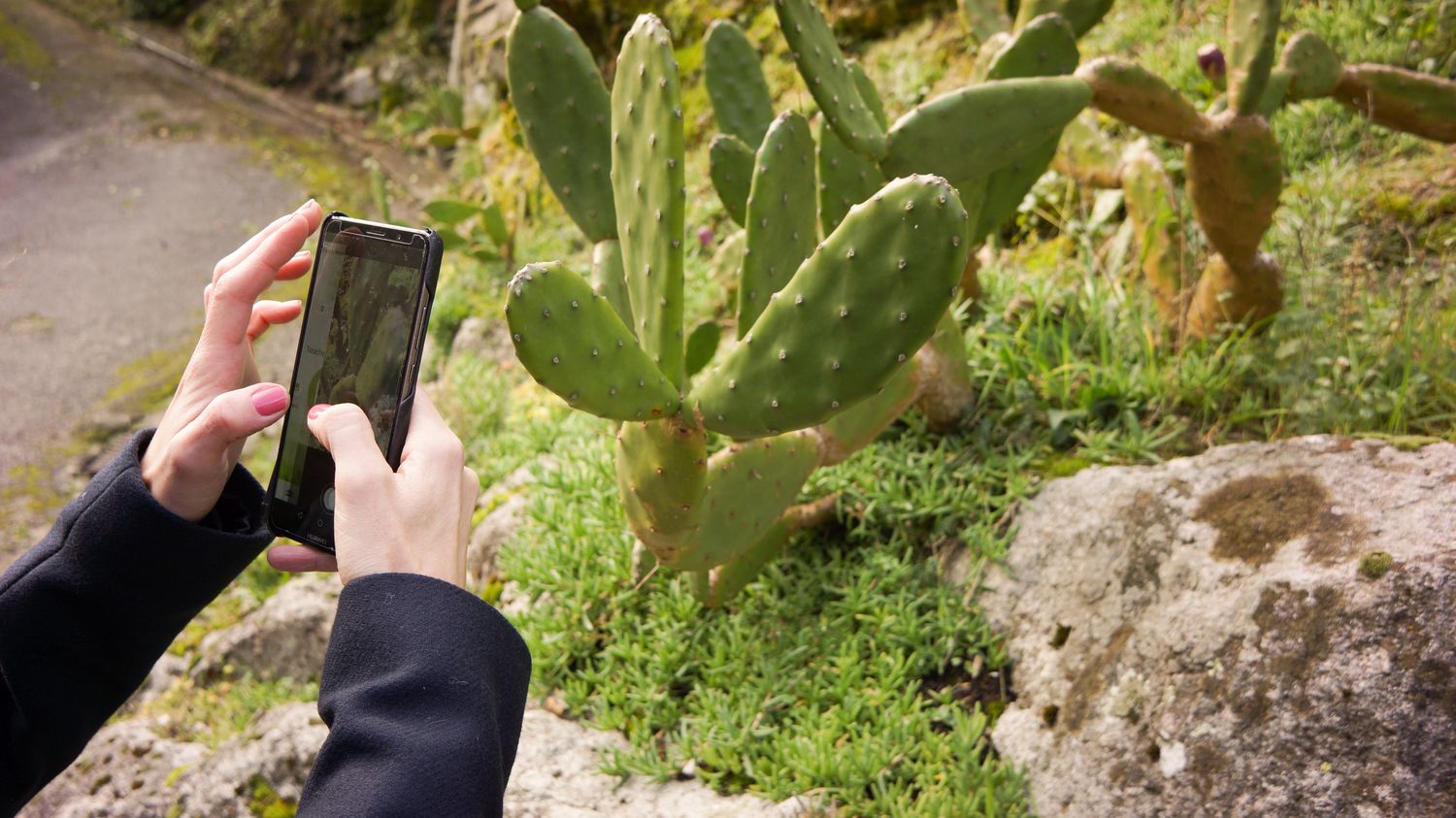Your photos have a lot more to teach you than you think, about the plants and trees you come across while hiking or in your neighbor’s garden. With or without an app, when artificial intelligence gets involved, a whole world of knowledge opens up to us.

Published
Reading time: 3 min

In the Apple and Google mobile app stores, you will find a host of applications, most of them paid, to identify vegetation using AI, from a photo. If PlantNet is one of the most popular, it is not only because it is French and free.
By taking a photo of a plant, you get its name and characteristics. But you also contribute to a participatory science project on plant biodiversity. Objective: to list the 360,000 species that are known to exist throughout the world. If you are passionate about trees, franceinfo also recommends the Clés de forêt application offered by the National Forestry Office (ONF). It is also capable of recognizing the footprints left by animals and the silhouettes of birds of prey in flight.
In reality, you don’t need any app, at least not on iPhones, to identify a flower or plant. Take a picture of it with the iPhone’s camera, display the photo and click on the circled “i” and then “Find Plant”. On Android, there is no similar function built into the system, but the Google Lens app – which is free and has been around since 2017 – offers the equivalent of what Apple offers.
This option also works with iconic locations and monuments. On an iPhone, whenever a monument appears in the field of a photo, pressing the “i” surrounded by a circle under the image brings up a set of information about the shot as well as the option “Search tourist site“For example, if you take a photo of the Eiffel Tower, in this case, a click confirms that it is indeed the Parisian monument, with direct access to its Wikipedia page and to the official website of the monument which has had 300 million visitors since its inauguration.
On Android, still from a simple photo, Google Lens also recognizes monuments, emblematic places, but also insects or even personalities. And the AI goes even further. By submitting a photo to it, the application can also give you an initial indication, for example on a pimple outbreak, even if – be careful – this opinion has no medical value. Google’s AI can even translate the menu at a restaurant or signs on the street, by aiming at them with the lens of your smartphone: a technology for analyzing text in an image that is also found on iPhones in the “Photos” application.
